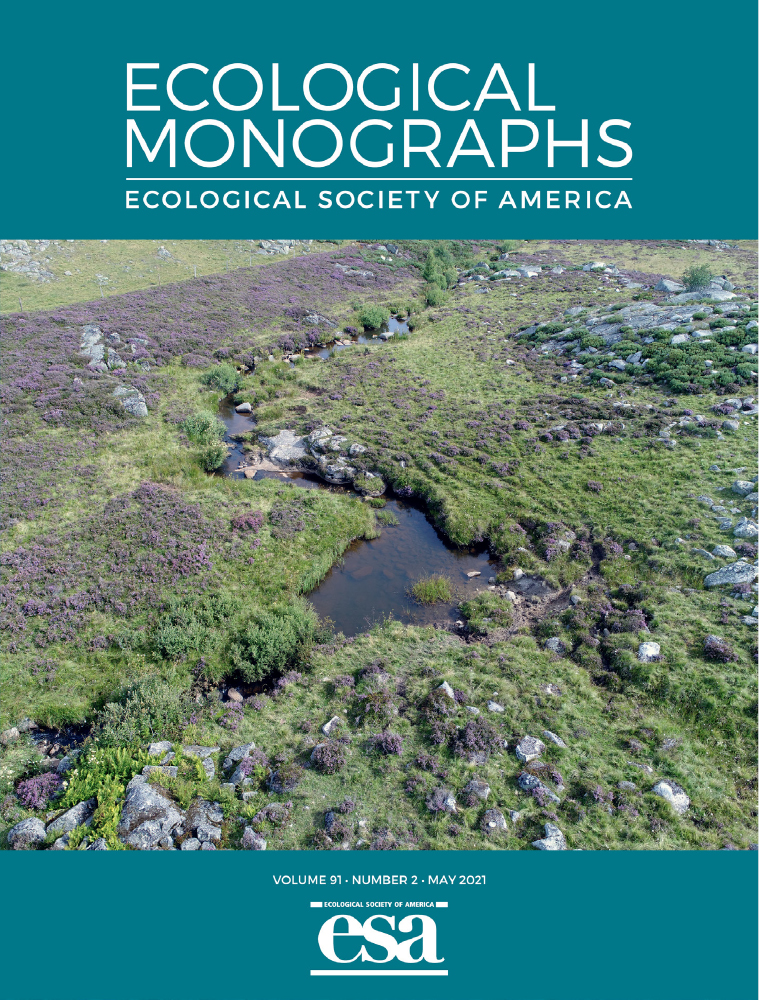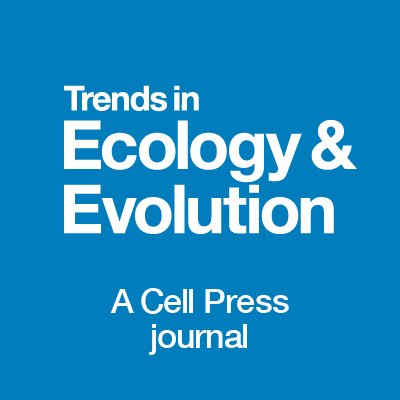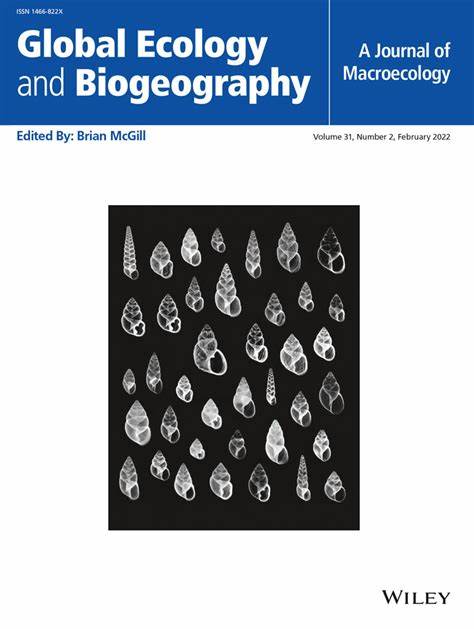- Topic:Biodiversity
Quantifying eco-evolutionary contributions to trait divergence in spatially structured systems
In both time and space, the observed differentiation in trait values among populations and communities can be the result of interactions between ecological and evolutionary processes. The authors extended methods to quantify ecological and evolutionary contributions to trait changes to account for empirical studies that document trait differentiation among populations structured in space.
Invasion impacts and dynamics of a European-wide introduced species
The authors assessed the invasion dynamics of the New Zealand mud snail Potamopyrgus antipodarum, one of the most damaging freshwater invaders. They observed that the snail abundance increased through time with 59% of populations following the proposed pattern, providing insights into large-scale invasion dynamics to inform management actions to mitigate impacts on ecosystems and economies.
Urban affinity and its associated traits: a global analysis of bats
The authors developed indices to quantify the urban affinity of species by using publicly available occurrence data and examined the performance of these indices using a global dataset of bats. The results show that simple indices are appropriate and most practical for producing quantitative assessments of species’ urban affinity.
Identification and characterization of a new family of long satellite DNA, specific of true toads (Anura, Amphibia, Bufonidae)
This newly discovered family of satellite DNAs is present in 15 examined species of amphibians of the systematic family of True toads (Bufonidae). It is formed by monomers of 807 bp, organized in tandem arrays, and has an AT-content of 57.4 Percent.
Equilibrated evolution of the mixed auto-/allopolyploid haplotype-resolved genome of the invasive hexaploid Prussian carp
The Prussian carp or Gibel carp is considered one of the most successful invasive fish species in Europe. Its ability to reproduce asexually gives it a major advantage over competing fish. The authors have for the first time described the complete genome of the Prussian carp.This also provides a much better understanding of its unusual reproductive method and to improve its management.
The rising moon promotes mate finding in moths
The authors have shown for the first time that the moon plays a key role in the reproductive behaviour of male moths: when the moon rises on the horizon, they find females better and faster. Fortunately, they are not bothered by low levels of light pollution.
Antarctic glacial meltwater impacts the diversity of fungal parasites associated with benthic diatoms in shallow coastal zones
First study on the fungal diversity in Antarctic benthic habitats along a salinity gradient to determine the co-occurrence of fungal parasites with their algal hosts dominated by benthic diatoms. Ascomycota and Chytridiomycota are the most abundant fungal taxa. Salinity shapes the fungal and the whole eukaryotic community composition, whereby fungal diversity increases with decreasing salinity.
Societal extinction of species
When the last individual dies, species not only disappear from our planet. They also disappear from our collective memory, from our cultures and discourses. Researchers have now studied the process.
Incongruent latitudinal patterns of taxonomic, phylogenetic and functional diversity reveal different drivers of caddisfly community assembly across spatial scales
The authors explored the contributions of local vs regional processes and historical vs contemporary factors in establishing macroecological patterns, by assessing the distribution of taxonomic, functional and phylogenetic diversity of caddisfly across the latitudinal gradient in Europe. This shows the importance of regional environmental filtering and the origin of northern communities.
A global agenda for advancing freshwater biodiversity research
Researchers from 90 scientific institutions worldwide have stated that freshwater biodiversity research and conservation lag far behind the efforts in terrestrial and marine environments. They propose a research agenda with 15 priorities aimed at improving research on biodiversity in lakes, rivers, ponds and wetlands. This is urgently needed as the loss of biodiversity there is dramatic.










